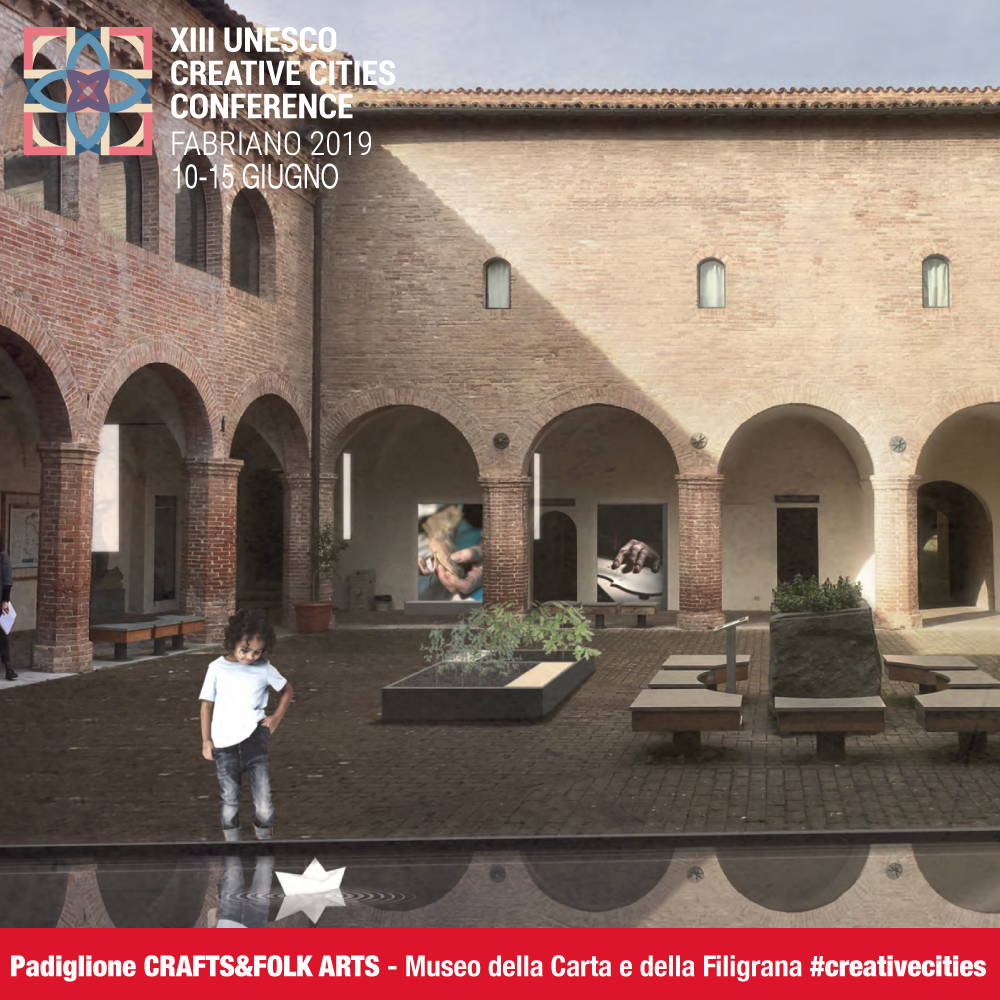The most important event organized periodically by the UNESCO Creative Cities Network, which identified culture and creativity as strategic factors for sustainable urban development, is the UNESCO Creative Cities Conference, which this year will be held from 10 to 15 June in Fabriano.
The UNESCO Secretariat and about 500 guests between delegates, institutions and personalities from the world of art and culture, will gather to launch a debate at the highest levels on the future of cities in the 21st century.
There will be many cultural events, reflections, seminars and opportunities for meeting and discussion that will transform the Marche city into a large open-air laboratory on creativity: all this thanks to the design of the 8 creative pavilions that will rise in the heart of the historical center of the city, and that will be set up in such a way for give the opportunities to increase participation, relations and meetings between delegates, economic operators and stakeholders.
The Crafts and Folk Arts Pavilion will be housed at the Paper and Watermark Museum, which preserves the centuries-old tradition of Fabriano paper – the first paper made in Europe on the fourteenth century – and watermark, the artistic mark of ancient medieval merchants .
The project, designed from the “Milk Train” study in Rome, encloses in a single site, divided into thematic areas, the artisan process through the natural elements of water and arboreal essences.
Opening the path, we see the main Cloister, transformed into a garden of UNESCO essences and flanked by a tank, built specifically for the event, with the function of collecting rainwater to amplify the internal landscape. It will be around it, in the covered part of the porch, that visitors will enter into the heart of the story of local artisans and producers: here backlit light-box panels will allow you to have a photographic account of the faces, traditions and tools of the work.
Instead the minor Cloister, with its natural light and flexible furnishings, designed with recycled and recyclable materials, will host the exhibition of craft objects from the Creative Cities.
In addition, to enrich the pavilion, Carrara and Fabriano invited each city in the craft cluster to create a representation of their craft history and their products, in a storytelling that describes the evolution of Craft and popular arts, in a comparison between yesterday and today.


